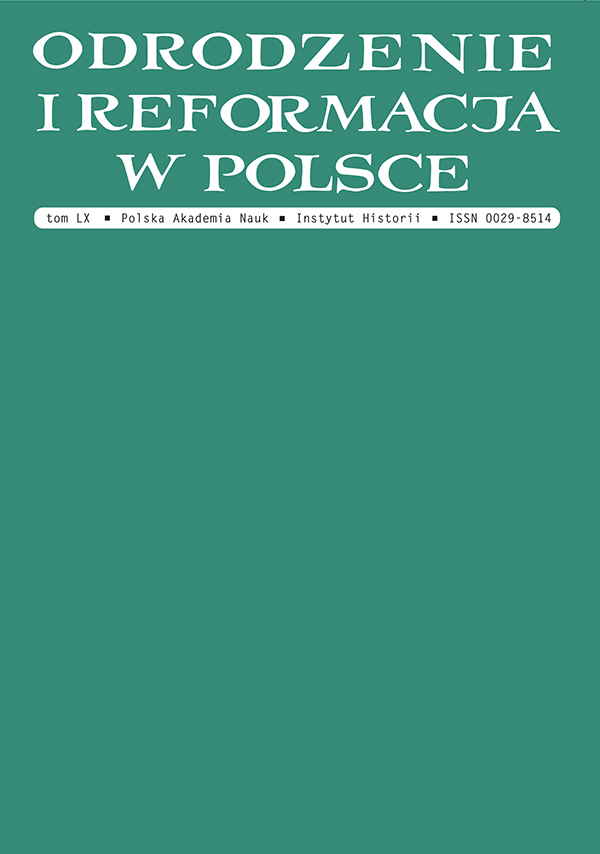„To jest owczarnia onego Dobrego Pasterza”. Pojęcie „prawdziwego” Kościoła w polskich szesnastowiecznych katechizmach
“Verily, this is the sheepfold of that Good Shepherd”: The Idea of the “True” Church in Sixteenth-century Polish Catechisms
Author(s): Waldemar KowalskiSubject(s): History, Cultural history, Modern Age, Theology and Religion, 16th Century, History of Religion
Published by: Instytut Historii im. Tadeusza Manteuffla Polskiej Akademii Nauk
Keywords: church; Polish-Lithuanian Commonwealth; catechism; religious teaching; Reformation; Trent reform;
Summary/Abstract: The paper focuses on the way in which the authors of Polish Catholic and Evangelical catechisms of the 16th century understood and explained of the idea of the Church. According to the decrees of the Council of Trent, the Catholic Church was presented as the continuator of the teachings of the Apostles, with its power deriving from the authority of the Pope, the successor of Peter, and unity of faith confirmed by miracles. Protestant theologists preach about the visible church, which exists wherever the pure Word of God is preached, and claim that sacraments are administered in accordance with the Gospel. The universal invisible Church exists alongside the visible Church. It connects every person following the Christ, who is the only head of his Church.
Journal: Odrodzenie i Reformacja w Polsce
- Issue Year: 60/2016
- Issue No: 1
- Page Range: 29-71
- Page Count: 43
- Language: Polish

